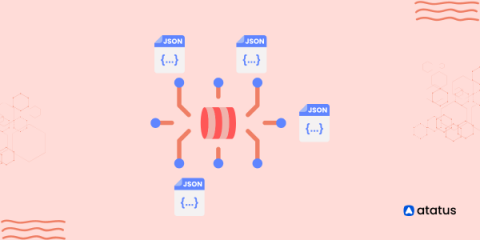Operations | Monitoring | ITSM | DevOps | Cloud
Analytics
Best Apache Solr Tips and Tricks. Ep.04 #solr #devops
Best Apache Solr Tips and Tricks. Ep.05 #solr #devops
Data Modeling: Part 1 - Goals and Methodology
In different techniques, entities and relationships remain central. However, their nature and roles are reinterpreted according to the business goals. Data modeling is the process of defining and representing the data elements in a system in order to communicate connections between data points and structures. In his impactful book “Designing Data-Intensive Applications,” Martin Kleppmann describes data modeling as the most critical step in developing any information system.
Out of the box PostgreSQL monitoring with InfluxDB and Grafana dashboards
Best Apache Solr Tips and Tricks. Ep.03 #solr #devops
Pepperdata Capacity Optimizer for Amazon EMR
Getting Started with Elasticsearch Aggregations
Let's say you log into your amazon or eBay account and start searching for a gift clothing. First you would filter out gender-specific collections, then you might fix a particular color or even a set of colors of your choice, and following that, you can fix a price range. When you apply these filters one by one, you can see the aggregate products displayed each time varies (their total number changing according to the availability of aggregates). This is exactly what aggregations do.











